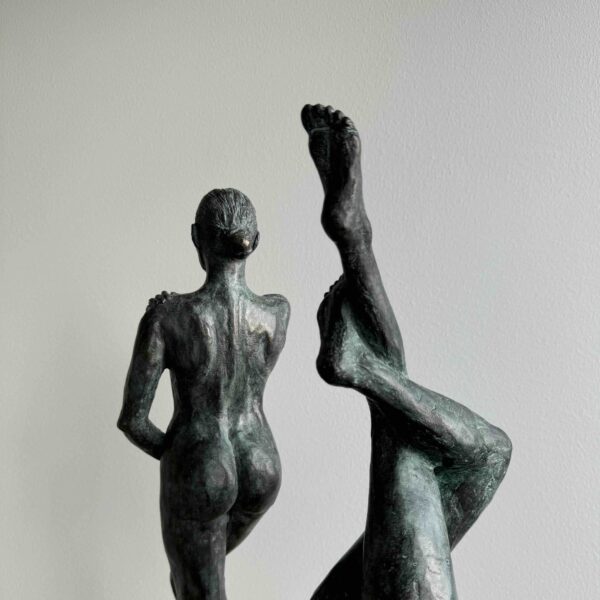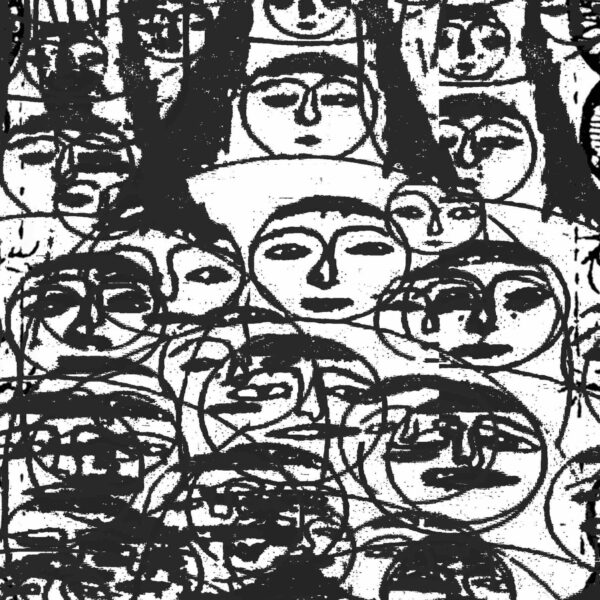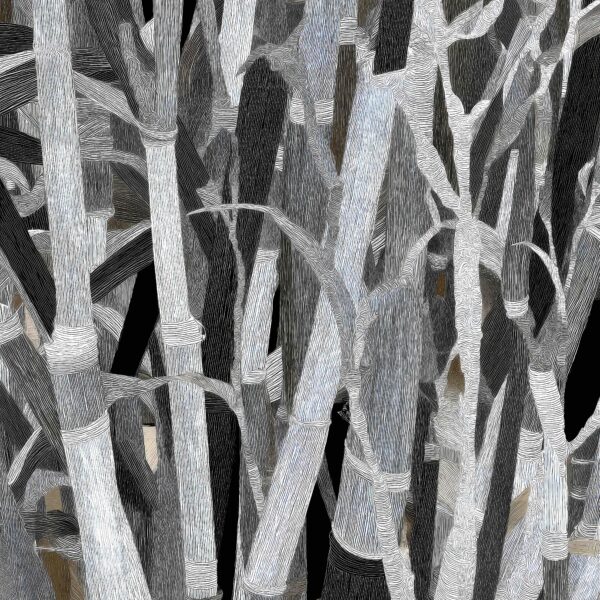Colors of Growth: A Conversation with Rik Oostenbroek
Rik Oostenbroek is a Dutch artist, designer, and creative. With an extensive body of revolutionary digital art, he has created pieces for a plethora of the biggest brands on the globe. In this article, we touch on his involvement with DeviantArt, his love for community and creation, and his journey to becoming a star in the crypto community. Please note, this conversation has been edited for brevity and clarity.
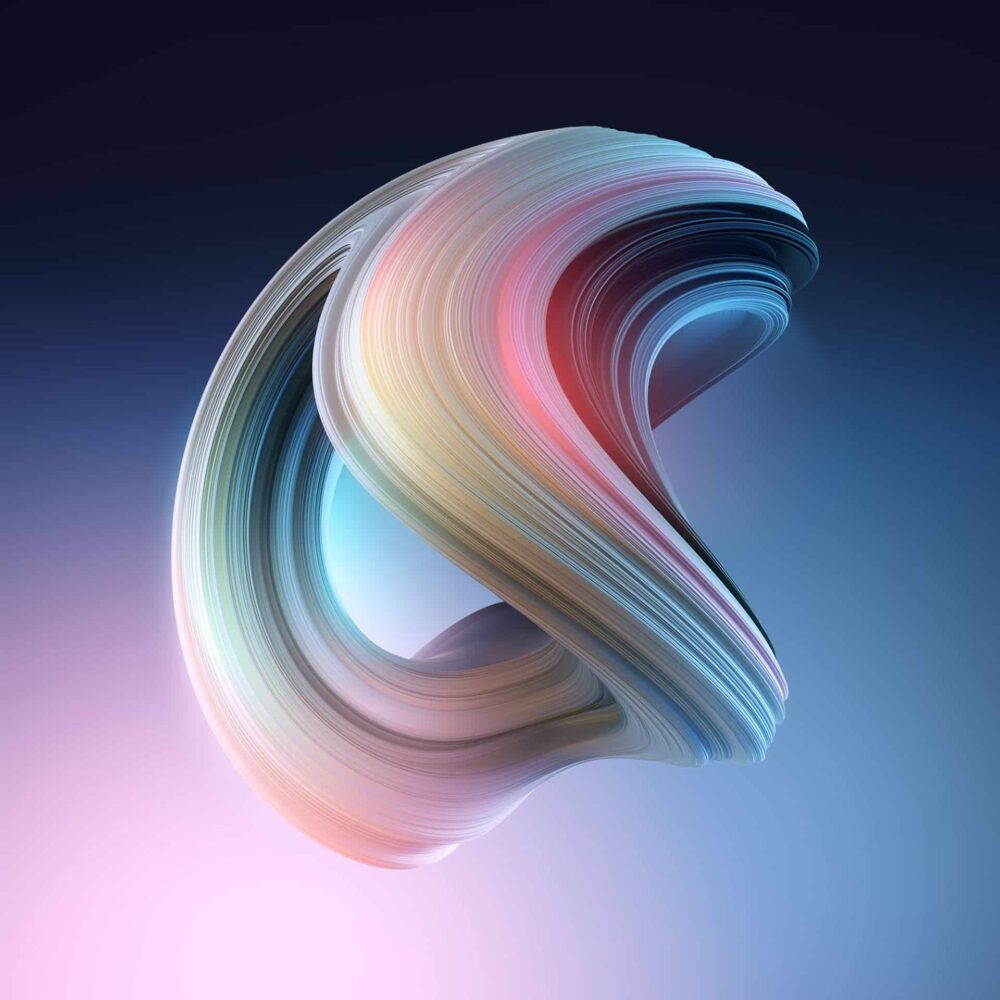
Q: What was your upbringing like? What initially brought you to your involvement with art?
Rik: Growing up, I was mostly focused on sports and education– the two things I thought life would be about. Both of my parents are teachers and my father’s very into sports, so I tried to be, too. During that time, I got depressed and had to go to one shrink, and then another, and then another. I was having a hard time being myself. I’m from the Netherlands and you can get weed on every corner of the street, so I began smoking weed and playing video games in my early teens. That became my entire life, until a moment a friend of mine showed me a website called DeviantArt, which was a huge art community back in the day.
Q: What about DeviantArt caught your eye?
RIK: The creations I came across through the DeviantArt site and community were different from any art form I’d ever seen before. They were made digitally and they had this modern aesthetic– this dreamy, surrealistic, abstract kind of vibe. It triggered something inside of me and inspired me to create. I was still playing lots of video games, smoking lots of weed, skipping lots of school, but I was skipping school to create. I really felt, with this art form, that I could express myself in a creative way. Ever since the first time I opened Photoshop, I got hooked.
Q: How did you learn to create this type of art? Were you trained?
RIK: I’m self-taught. Back then, when I first was introduced to this art form, there were no tutorials. YouTube didn’t even exist. You had to educate yourself, so it was quite an interesting learning curve. All I could do was look at how other people did it and learn new things step-by-step, which for me was just mind-blowing. It was really the sense of progress within the creativity where I found my mojo. It was giving me some sort of happiness and sanity. I was trying to fight the demons in my head by making art that I found beautiful, sort of to reflect that life has a beautiful side, as well. I’ve been doing that ever since I turned 14.

For me, my art is my therapy, and I feel good when I find new openings within my body of work. That’s also one of the main reasons I'm not working in black and white, for instance, because I feel colors show and give such positive emotions.
Q: What was the turning point for you, where your ‘hobby’ became your career?
RIK: Around the age of 17, I got picked up by an agent in Amsterdam who found my work online. Then I scored a job for Volkswagen, which was like 1,200 Euros. I never had the idea to make money with my art. It was my hobby, and at that point I still wanted to study economics and marketing in school. In the end, I quit the econ and marketing world after one day, and knew I had to create for a living. Ever since, I’ve been working for so many big brands around the world for different purposes– creating art for t-shirts, music videos, animation, everything.
Q: What was the transition from creating exclusively on your own to crafting specific pieces for clients like?
RIK: It was a little bit hard in the beginning. When your hobby becomes your profession, you’re so used to doing whatever you want to do– and all of a sudden, you have others judging whatever you created. After 2015, I decided to focus more on my own output. That was at the time Instagram was really booming. I wanted to create something every day. I was just exploring on a daily basis when I noticed that there’s a market for that, as well, regarding licensing and usage of personal images, and some clients were interested in that. So I’ve been doing that type of work for many companies in Silicon Valley like Apple, as well as Asian companies like Samsung. They license so much of my work, and that was sort of like the sweet spot to make things happen and to keep doing my own thing and educating myself, while still making money.
Q: How did the journey into licensed work bring you towards the world of crypto?
RIK: After a while, I was quite burned out after doing massive campaigns for all of these companies. I came to a point in my life where I was about to have a kid, so I decided I wanted to make as much money as possible to do a sabbatical. After Beeple made his $69 million sale, I was like, “Okay, what the fuck is this?” I got so many messages and emails during the year before about crypto art and realized that was what I needed to do.

Q: Did you find the community to be welcoming? What has your experience been like?
RIK: It’s been such a nice trip back through memory lane, and it makes the circle round for me, as well. Back in the day, you only had the community on DeviantArt, and I think I kind of got lost. The community feeling was drained from it. Meta companies– like Facebook and Instagram and such–felt a little less personal. With Twitter and Discord, I really felt more connected with like-minded people than I ever did before. It feels almost like the old days, and that’s just a fucking blessing for me. I’m still taking it day-by-day and every moment of spare time I’m creating and trying to figure out how to educate myself, how to renew my own creative perspective, and finding new ways to express myself.
Q: Do you feel that this journey is reflected in your art?
RIK: For me, it’s all about personal growth– the growth of me as a human being, and that’s reflected in my work. I try to renew myself. I try to work on my weaker points, and that gives me, mentally, some sort of satisfying feeling. When going to sleep, I know I did something well or I learned something. Even if I fucked up, I know it could be an interesting takeaway for another project, or for something I might need in five years. Mentally, I’ve become more confident in what I do, but I still have that self-doubt that being a creative comes with. Worrying if you’re still relevant is still there, and it’s still a feeling you need to fight on a daily basis.
Q: Does your art change depending on who you are making it for? Does the feeling of creating for someone else change your creative process?
RIK: I try to keep it fun and not put too much pressure on it, which is hard, especially if there’s a billion-dollar company relying on your skills and expecting something within a very short period of time. For me, my art is my therapy, and I feel good when I find new openings within my body of work. That’s also one of the main reasons I’m not working in black and white, for instance, because I feel colors show and give such positive emotions. I only create what I would find beautiful, what I would use as a phone background, what I would use on a wall. I try to make life a little bit more beautiful for myself, and it’s just amazing that people connect with it. Within the community, it’s still crazy. I’m just this random Dutch dude creating funny, weird things with colors. It’s amazing how my work connects to so many people, and some of them have been talking on my Discord for over two years. I crashed at a guy in Berlin’s place a couple weeks ago, who I met through Discord. I had to go to Berlin and generously, he was like, “bro, here. I got a spare room.”
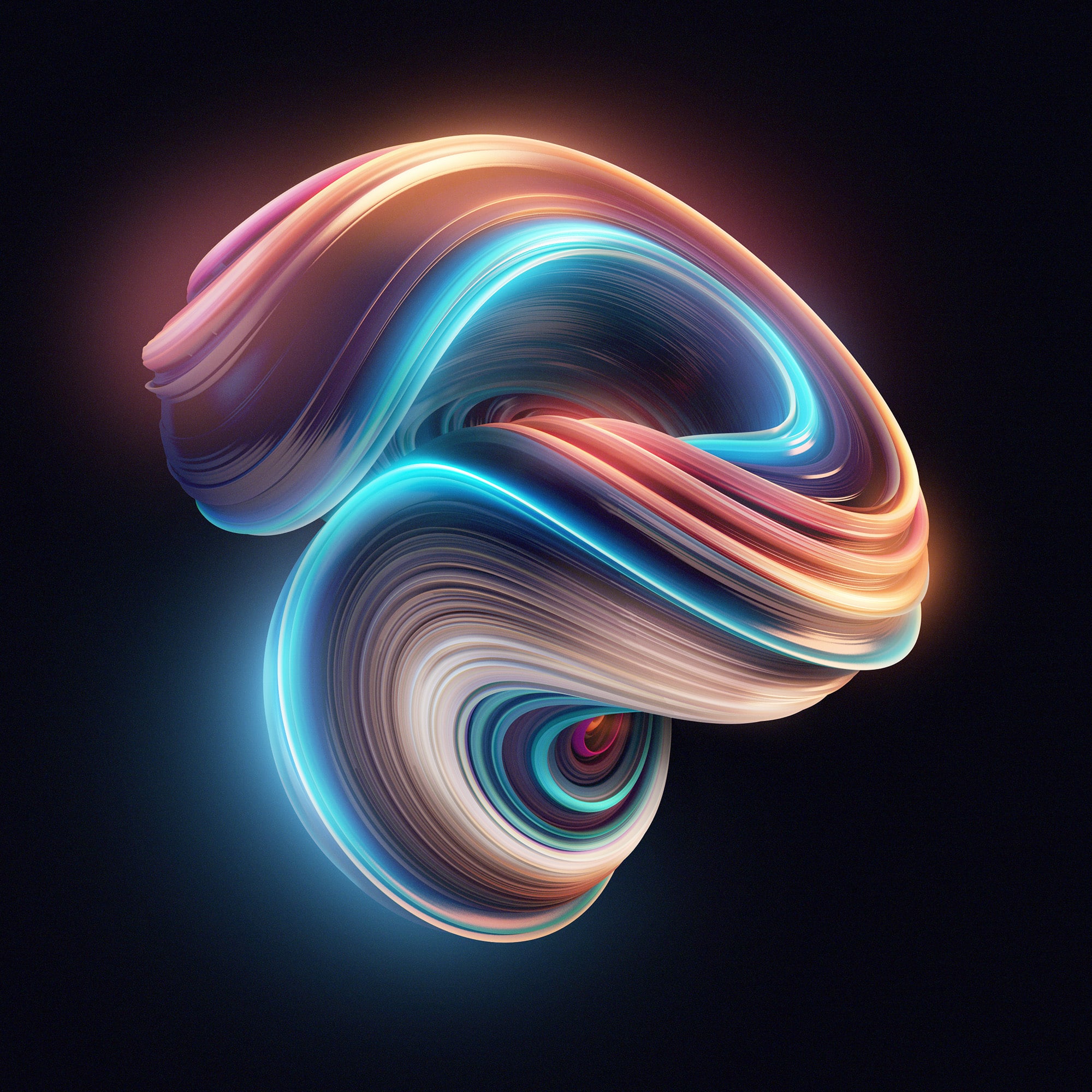
I would define success as an artist now as not caring about what anyone else has to say, and feeling close to work that you're so connected with, that you're not afraid.
Q: Are there any specific influences that have impacted your work?
RIK: Definitely. Back in the day, there was nothing I could educate myself with except for looking at great digital artists. So the likes of Joshua Davis, for instance. Reuben Wu is definitely a big inspiration for me, not only as an artist, like how flexible he is as an artist. He can do the audio, he can do the video, he can do photography, and he’s such a lovely, humble human being, as well. He’s really a legend in my eyes. I also admire Pete Harrison. Oh, and Justin Maller, who’s also still active in the space. People like that are really the OGs that got me going. The more I grow personally and professionally, the more I become inspired by things I’m not able to do myself. Right now, I’ve noticed that photography is a major source of inspiration for me, although I don’t take any photos. I try to almost create my work while really focusing on macro photography, and I try to figure it out these days. I like to make landscapes, but the funny thing is, whenever I travel, I’m more of a big city guy. I rarely spend time in nature, even though my work is very heavily influenced by it. I think that the more I grow, the healthier it is to be sort of inspired by yourself.
Q: How do you define success for yourself as an artist?
RIK: Well, when starting out commercially, I thought it was about working for big brands. In the end, I never felt any joy in that, apart from receiving a paycheck and being able to live from it. I think being able to feel that you are close to your work, that you can really identify with it, and that you’re happy with it. I would define success as an artist now as not caring about what anyone else has to say, and feeling close to work that you’re so connected with, that you’re not afraid. You’re just thinking, “here I am. This is me. I don’t give a fuck what anyone else thinks.” I know many artists would say the same, and mean it actually deeply from within their hearts. We always have our self-doubts and we always struggle a little bit with the mental aspect, because in the end, it’s something very personal and emotional.
